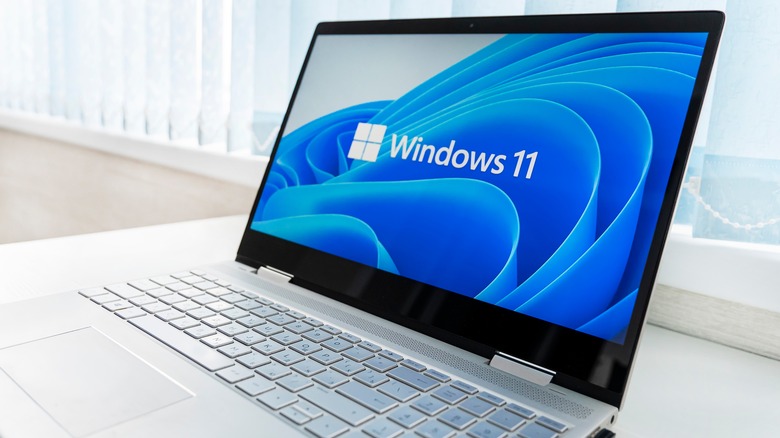Windows 11 Audio Issues? Here's How To Reset All Audio Settings
Sound is critical in day-to-day computing experiences. Whether you are trying to watch a movie, play your favorite game, or get ready for a conference call, malfunctioning audio can quickly ruin your day. Fortunately, Windows 11 offers multiple options to troubleshoot these problems, so you can quickly get back to enjoying your favorite activities and maintaining your productivity.
With all of the audio output options available with modern electronics, like Bluetooth speakers and headphones, a lot can go wrong and prevent you from enjoying the sound you're used to. You may recognize these problems if you have trouble experiencing consistent audio or cannot connect to your favorite devices.
Like all tech problems, the appropriate solution depends on what's causing the issue. For instance, you may need to configure your audio drivers if you last updated them a while ago. On the other hand, you may need to restart your audio service within your settings if something is wrong with a particular device or output. Regardless of the issue affecting your audio, you'll likely be able to fix the problem without the help of a professional.
How to know when to reset audio settings on Windows 11
With so many links in the chain of hardware and software that brings you audio on Windows, it can be challenging to know where the problem lies, so it's helpful to know how to identify some symptoms. Understanding these pain points will help you determine when a reset is necessary for your system.
First, you may need to consider a reset if you encounter inconsistent volume levels or audio that fades in and out unexpectedly. This problem can be frustrating when trying to enjoy your favorite music or engaging in conference calls, and resetting the audio settings can sometimes rectify it.
Second, distorted or crackling sounds can be another indication that your audio settings need attention. This issue can arise from various causes, including outdated, incompatible audio drivers, or interference from other devices. Addressing driver issues or resetting the audio settings can help restore clear, crisp sound to your Windows 11 machine.
Third, if you find that some applications produce sound while others remain silent, it may be a sign that your audio services are malfunctioning. Configuring your system audio settings or restarting the affected services can resolve this issue and restore harmony across all applications.
How to restart Audio Services on Windows 11
If you're experiencing audio issues on your Windows 11 device, restarting Audio Services can often resolve the problem. There are several ways to do this, but going through the search bar is the easiest.
- Type "services" into the taskbar, and select the first result.
- You will then see a list of many options, not all directly related to audio.
- To fix most audio-related problems, Microsoft recommends resetting the following services: Windows Audio, Windows Audio Endpoint Builder, and Remote Procedure Call.
- Right-click each option and choose "Restart."
These are the most popular settings to reset, according to Microsoft. However, it's worth running the built-in audio troubleshooter to see if there's another device or service you need to reset.
- Open the audio troubleshooter by searching for "audio troubleshooter" in the taskbar.
- From the listed options, click "Find and fix problems with playing sound."
You will then have the option to pick whichever device is causing problems, and have the application play sound to aid in your troubleshooting efforts. This method is particularly helpful to see if your reset the correct services.
How to configure audio drivers on Windows 11
Addressing audio driver issues is essential for maintaining optimal audio performance on your Windows 11 device as well. Symptoms of a malfunctioning audio driver can include distorted sound, inconsistent volume levels, or even complete audio loss. If you suspect your audio driver is causing problems, follow the steps below to manage your drivers effectively.
- Head to the "Device Manager" by searching for it in the taskbar.
- Click the arrow beside the "Sound, video, and game controllers" section.
- If you're experiencing problems with a specific audio output device, choose the name from the list and click "Update driver."
- Windows will then give you two options to pick from. It's easier to have your machine search automatically for drivers for you.
If the search finds the right driver, it'll automatically install it and help fix your audio problem. However, if the process cannot find a driver, you should also look on your manufacturer page for additional drivers that might work. For example, Intel has an entire section of its website dedicated to audio drivers.



